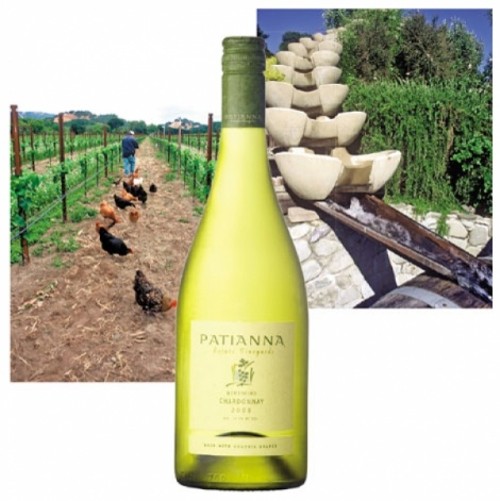Green Wines
The movement toward eco-friendly and carbon-neutral winemaking.
By Ted Scheffler @critic1It’s probably natural to think that there’s a price to be paid for drinking, for instance, organic wine—that it can’t be as good as the “real” stuff. Well, that’s just not true. Some of the best wines you can buy now are organic and/or biodynamic, made by very serious producers. They just happen to be producers who care about Mother Earth. And, they are increasing in number and quality. I recently saw a list of some 600 wineries—from Slovenia and Sonoma to Burgundy and Barossa—that are certified biodynamic wine producers, and the number grows daily.
Making carbon-neutral wines is complicated because winemaking has traditionally been a dirty business, involving the use of pesticides, fertilizers, heavy machinery (much of it diesel-burning) and the shipping of heavy glass bottles. Even fermentation itself has carbon dioxide as a byproduct, which is typically released into the air.
Well, there’s no way around emitting carbon dioxide during the fermentation process. However, some wineries—in their attempt to be greener—purchase carbon-offset credits from nonprofit carbon brokers like CarbonFund.org. The organization then typically uses the money for reforestation projects. Wineries participating in carbon-offset programs include Barbara Thomas Wines, Basket Case Wines, Grove Mill, Benziger, Yalumba, Soter, King Estate, Chehalem and Adelsheim, and there are many more. Other wineries such as Blackbird Vineyards and Grgich-Hills participate in similar programs offsetting the carbon dioxide given off during the shipping process. UPS unveiled a carbon-neutral program in 2010 and works with wineries to offset carbon.
Unfortunately, things can get really murky when trying to determine if a wine is organic and/or biodynamic. Read the labels, because there are different “levels” of organic. “100 percent organic” on the label means the wine is certified by the USDA to be made from 100 percent organically grown ingredients. “Organic” means the wine has at least 95 percent organic ingredients, and “Made with organic grapes/ingredients” means the wine is at least 70 percent organic.
Generally speaking, organic wines are those made without the use of chemicals or pesticides, in a biologically sustainable manner. Most biodynamic wines are organic and then some, following the philosophy that the vineyard is an ecological whole, including the soil, which is an organism itself. In an effort to keep the farm, the farmer, the consumer and the Earth healthy, biodynamic farmers avoid chemical pesticides and fertilizers, utilize compost and cover crops and set aside a minimum of 10 percent of their total acreage for biodiversity. Pioneers in biodynamic winemaking include Ceago, Domaine Leflaive, Benziger, Robert Sinskey, Pierre Morey and Patianna, just to name a few. And to get an idea of how much biodynamic wine production is starting to influence the big boys, just take a look at some of the better-known wineries now involved in biodynamic winemaking: DeLoach, Maison Joseph Drouhin, Zind-Humbrecht and Domaine Leroy, for example.
When it comes to biodynamic wine production, there is a single certifying organization: the nonprofit Demeter-International, which certifies the entire farm or vineyard, not just particular crops, and performs annual inspections. Most important is that green wines taste great, so go out and get some.
More by Ted Scheffler
-
Flavor on the Western Front
Nomad Eatery ups the ante for off-airport eats.
- Dec 13, 2017
-
Under the Christmas Tree
Holiday gifts for cooks, foodies and winos
- Dec 6, 2017
-
Spreading the Love
Amour Café creates simple yet scrumptious fare.
- Nov 29, 2017
- More »





